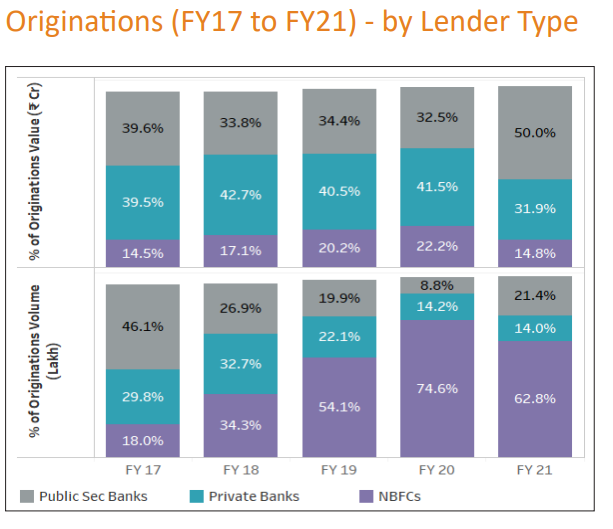They are both working on verifying data validity right now but to answer the question plainly, there is not going to be one #Blockchain solution in any of the fields to rule them all, this is a perfect example of two block chains that will work in tandem with each other.
1/13
$Band vs $link dep dive.
In many if not most use cases band protocol will be used ALONGSIDE that of #chainlink. $Band has a stronghold in South East Asia and will also generally pull it's data from different sources than link.
They are both working on verifying data validity right now but to answer the question plainly, there is not going to be one #Blockchain solution in any of the fields to rule them all, this is a perfect example of two block chains that will work in tandem with each other.
$link has seen mass adoption and band has a long way to go, but by the look of who is invested in #Band (sequoia capital) and the fact that they are already being used in conjunction with each other, I see a bright future for this #chainlink ally! (Not competitor).
These definitely are in the same market, but don't let that worry you, $Band does differentiate itself enough to make this more of an oligopoly than a monopoly. I see more financial gains in band if you invest now, but of course there is no reward without risk.
#Bandchain has the bonus of being built on cosmos technology that will allow it to easily interconnect with other blockchains and make it easier to be an oracle source for other non-Ethereum based smart contracts that need a decentralized oracle.
$LINK needs more than one transaction for one data pull. #BAND can do it in one. This makes oracle services on $BAND cheaper in theory.
$LINK's staking is just a security deposit to be able to run oracle jobs. There is no inflation yield. #BAND's staking doesn't act as a security deposit because all validators have a chance to run jobs based on their staking power. $BAND has both data fee & inflation yield.
Since $LINK's node needs security deposit, only a certain set of nodes can run a job. All $BAND nodes can run all jobs on #BAND by design
$LINK's users can even specify the exact nodes they want to run their jobs on. $BAND's users only submit jobs at the protocol level without having to worry about choosing a node. Nodes are chosen by the blockchain. This makes the process simpler.
“If you look at #Chainlink, one data request right now can take almost $450 because someone needs to submit the request data to ask for the data
Let's say 20 data providers need to receive that, respond to that with 20 transactions, and then the aggregation contract to do all the computation before returning the final result, all of these require a lot of gas.”
Srinawakoon believes that low fees is only one of the advantages that #Band holds over its main competitor, additionally noting greater interoperability (he mentioned that $Band oracles are already available on Waves, $TRON (TRX) and $ICON) and decentralization.























